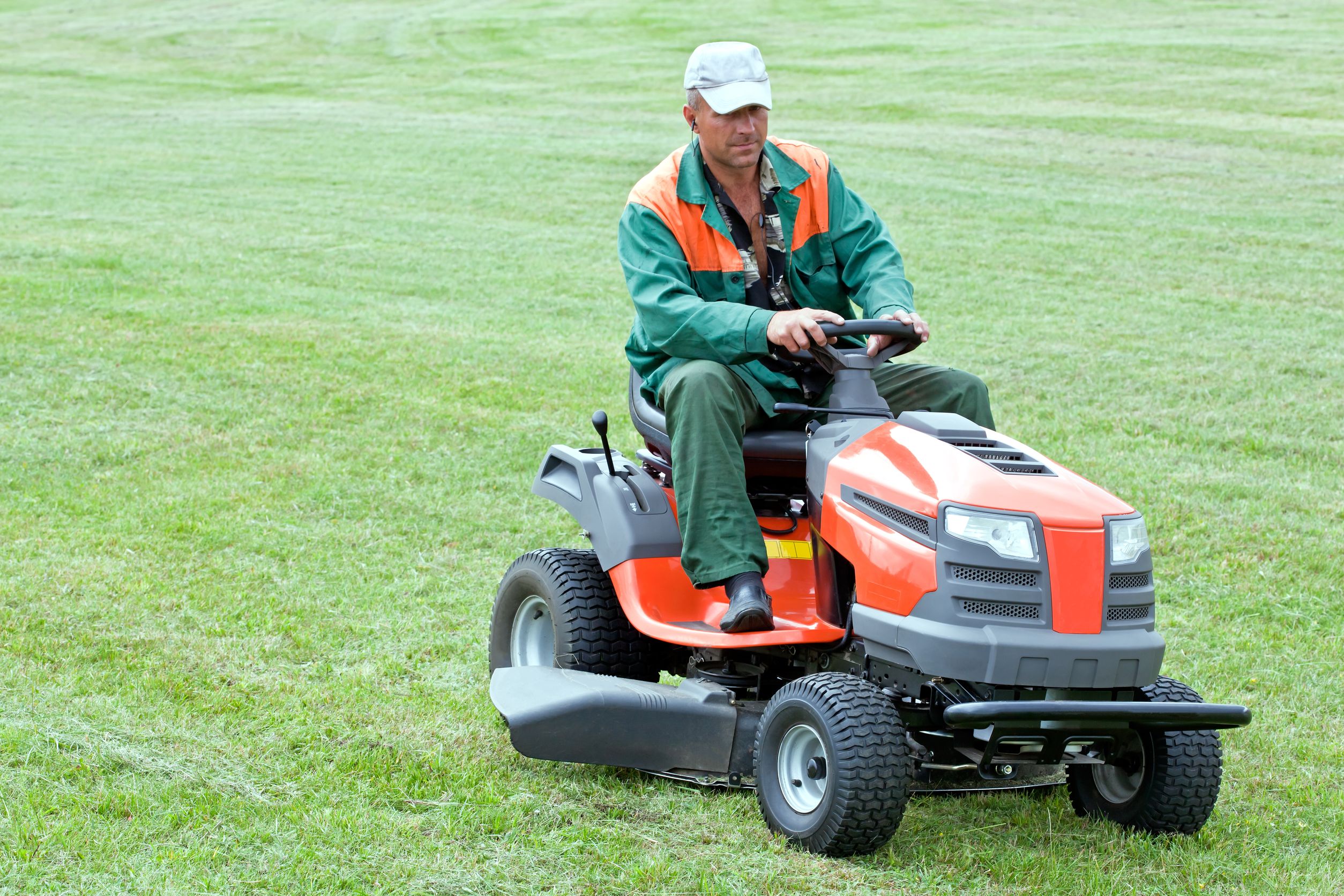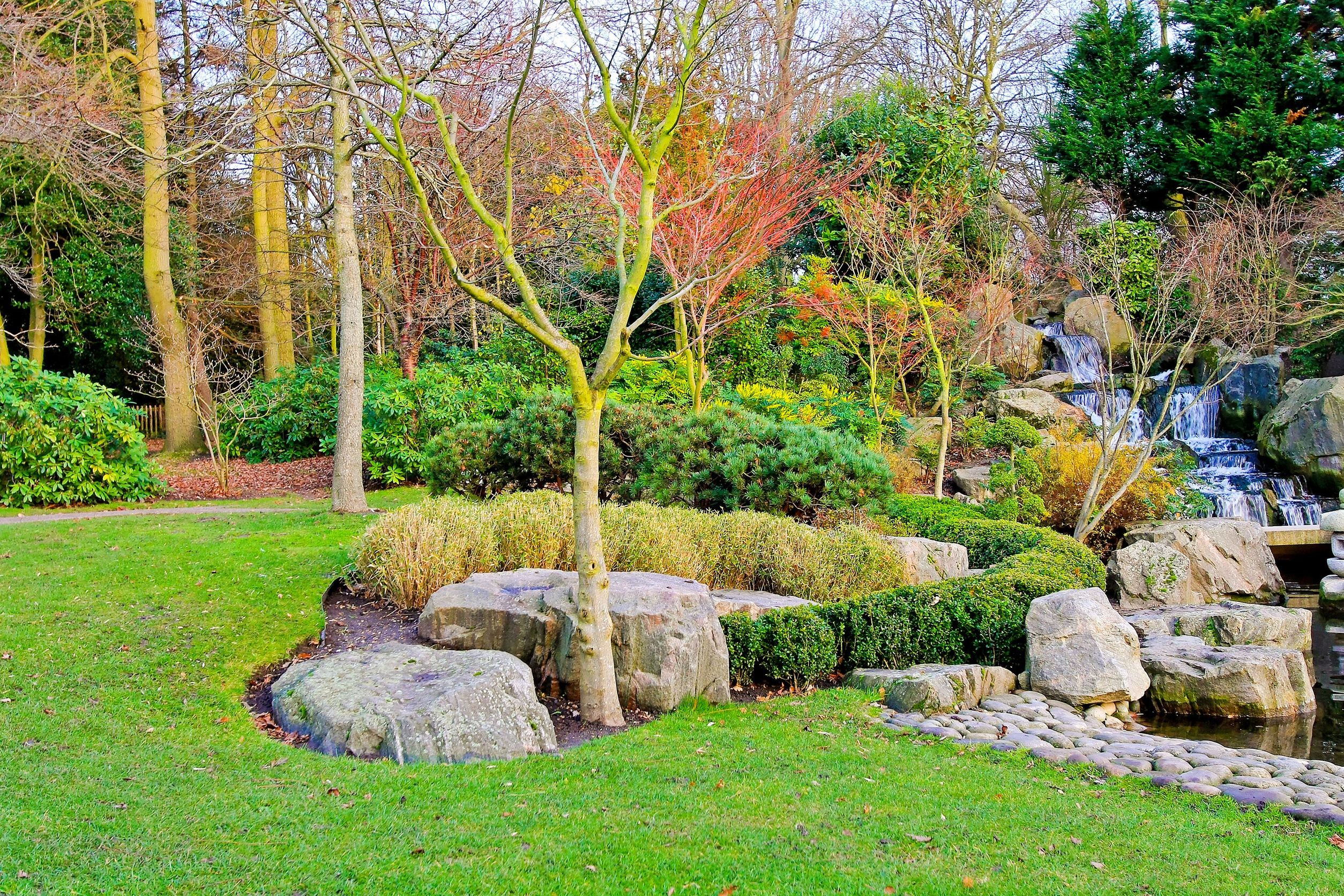Outdoor lighting has advanced beyond porch lights and the lamp post in the front yard. To begin a Landscape Lighting Installation project, draw it out on paper, starting with the footprint of the home. Add in major features such patios, decks, walkways, pool, fencing, trees, flower beds, and garden beds.
Some of the types of lighting fixtures available and their uses are below:
Entries -; 120-volt lanterns or sconces mounted on either side of the door makes for an impressive entrance. To avoid too much glare shielded or frosted glass is best.
Recessed lights -; Installed in the eaves over a deck or ceilings of porches. Smaller, lower-voltage versions are often used to illuminate stairs, and the railings and posts of a deck.
Path Lighting -; Low voltage fixtures that illuminate or create a path by providing small areas of light. When lighting pathways take care to avoid the “runway” appearance by placing the lights at least 10-feet apart.
Correct lighting methods, such as those used by Tracy Electric, serve to highlight important features and create just the right of amount of ambiance to a landscape. Some popular techniques of landscape lighting are:
Highlighting -; A very common and useful technique in Landscape Lighting Installation that spotlights a particular landscape feature such as a specimen tree or piece of art or sculpture. The light is placed at the base and directed upwards. For trees, two or more fixtures are often required to sufficiently highlight it.
Silhouetting -; Creates an illuminated backdrop, by placing a spotlight behind a feature, and aiming it toward an adjacent wall. The dark outline created showcases the object be it a tree, plant, or statue.
Wall-washing -; Creates a soft, warm glow along the entire span of the wall or facade it’s directed towards. For optimum effect, place the light fixture a few feet away, and angle it sideways. Wide-angled, low wattage flood lights are best suited for this effect.
Up-lighting -; Creates a more dramatic effect than wall-washing, by using spotlights instead of flood lights resulting in a bold look.
For large area illumination and security, floodlights are typically run by a 120-volt current. These must be wired by an electrician directly to the home’s circuit box. For areas requiring less light, it is sufficient to use 12 to 15-volt, low wattage fixtures. The correct landscape lighting can transform a once ordinary home into a showcase home. You can also follow them on Twitter for more updates.

